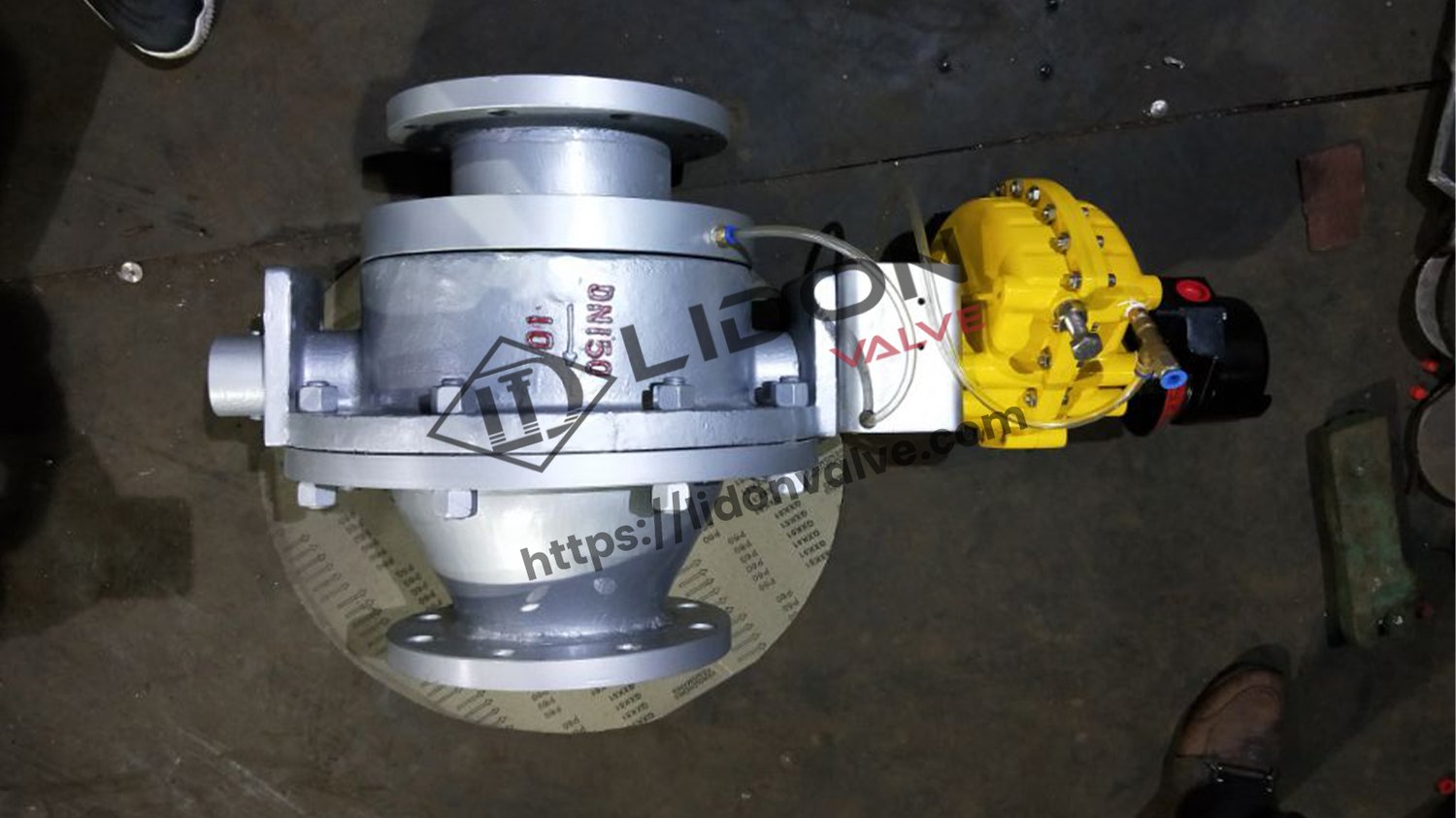An Introduction to valve domes
Valve domes may not be a term you're familiar with, but they play a crucial role in various industries and applications. In this article, we will delve into the fascinating world of valve domes, exploring their uses, benefits, and how they function. Whether you're an engineer, a technology enthusiast, or simply curious about innovative solutions, this article will shed light on the importance of valve domes.
What Are Valve Domes?
Valve domes are specialized structures that are integral to the operation of valves in different systems. They are typically made of durable materials such as metal alloys or synthetic polymers and are designed to provide a secure and efficient seal in valve assemblies. Valve domes are engineered to withstand high pressures, temperatures, and corrosive environments, ensuring optimal valve performance.
The Role of Valve Domes in Industrial Applications
In the industrial sector, valve domes are employed in a wide range of applications. One prominent use is in the oil and gas industry, where they are crucial components in pipelines, refineries, and offshore platforms. Valve domes ensure proper flow control, prevent leaks, and minimize the risk of accidents or environmental hazards.
Valve Domes in the Aerospace Industry
The aerospace industry heavily relies on valve domes for the safe and efficient operation of aircraft systems. These domes are employed in fuel systems, engine controls, and hydraulic systems, among others. The ability of valve domes to withstand extreme temperatures and pressures is vital in ensuring the reliability and performance of aircraft.
Medical Applications of Valve Domes
Valve domes also find applications in the medical field. They are utilized in medical devices such as ventilators, anesthesia machines, and dialysis equipment. Valve domes help regulate and control the flow of fluids and gases, ensuring the accuracy and safety of these critical medical procedures.
Valve Domes in the Automotive Industry
The automotive industry benefits from the use of valve domes in various systems, including engines, transmissions, and braking systems. These domes play a vital role in controlling the flow of fluids and gases, optimizing engine performance, and ensuring safe braking operations.
The Importance of Valve Dome Materials
The choice of materials for valve domes is crucial to their performance and longevity. Depending on the application, valve domes can be made from materials such as stainless steel, carbon steel, brass, or high-performance polymers. The material selection is based on factors like temperature resistance, corrosion resistance, and compatibility with the fluid or gas being controlled.
Valve Dome Design Considerations
Engineers and designers pay close attention to various factors when developing valve domes. These considerations include the diameter and shape of the dome, the number of sealing points, the type of sealing mechanism, and the overall dimensions. The design must ensure a secure seal while allowing for smooth and precise valve operation.
The Functioning of Valve Domes
Valve domes operate through a combination of sealing mechanisms. These mechanisms can include O-rings, gaskets, or diaphragms, which create a tight seal when compressed between the dome and the valve seat. The sealing mechanism prevents any leakage and ensures that the valve functions optimally in controlling the flow of fluids or gases.
The Future of Valve Domes
As technology continues to advance, the future of valve domes looks promising. Innovations in materials, design, and manufacturing processes will lead to even more efficient and reliable valve domes. With the increasing demand for sustainable and environmentally friendly solutions, valve domes will play a crucial role in optimizing energy usage and reducing waste.

